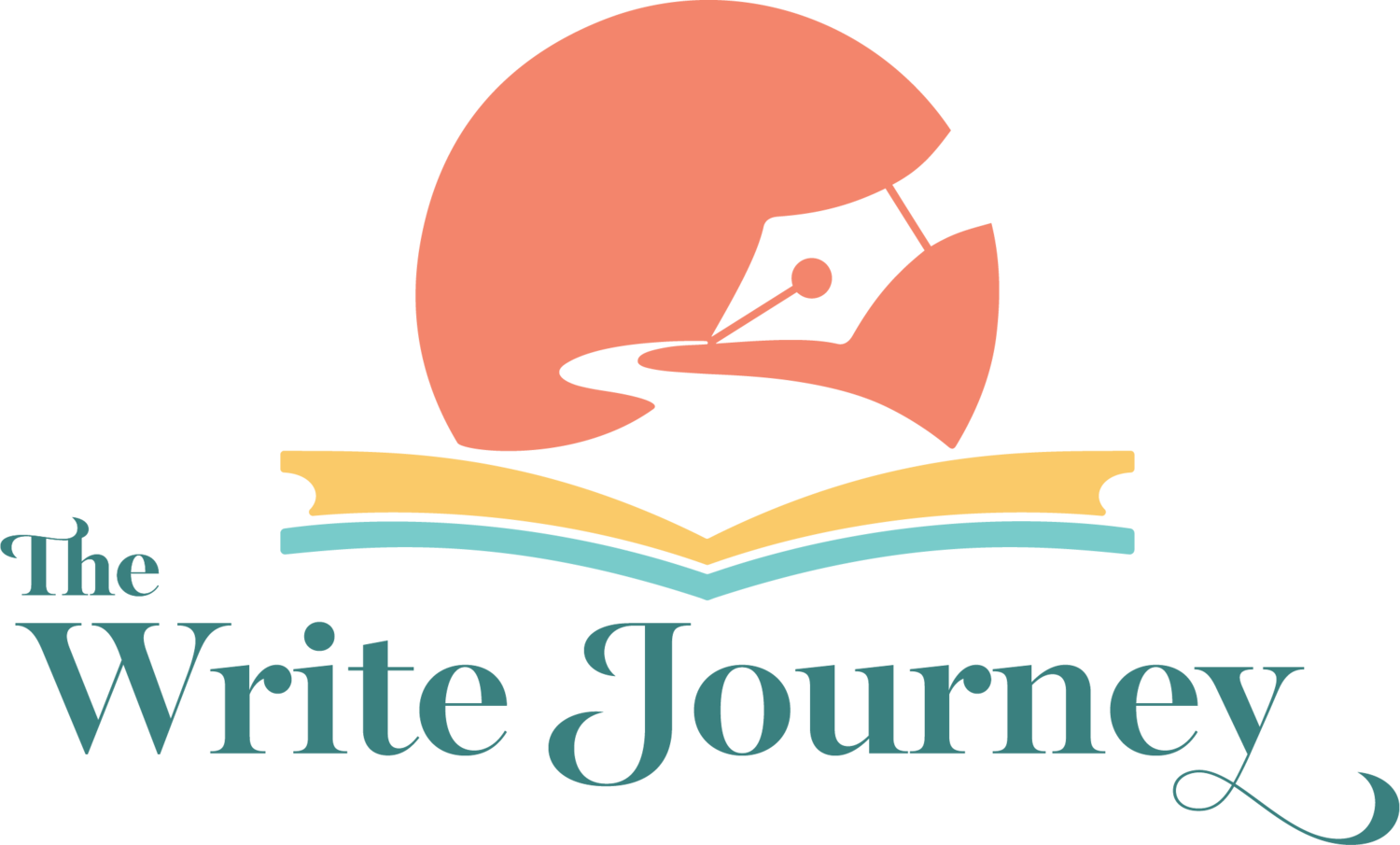Here are some fun games/activity sets you can add to your home games cabinet. We love games that have a strong educational component. These activities are great for the entire family! Take a look. In fact, I’m getting a couple for my grandchildren!
Can Do! Writing Skills Game - Gr. 3-4 $22.99
Boost writing skills with a hands-on game students will love to play! Children just spin to select one of three categories—correct the sentence, supporting details or revising sentences. Next, children draw a card and answer the question…then collect tokens when they answer correctly! The game comes in a handy can that includes 60 game cards, 44 tokens, an answer card for convenient self-checking—and a game spinner built right into the lid! For 2-4 players.
Why We Love This! Develops skills in recognizing and correcting inappropriate fragments and run-ons, using linking words and phrases, and revising and editing.
Can Do! Reading Literature Game - Gr. 3-4 | $22.99
Boost literature reading skills with a hands-on game students will love to play! Children just spin to select one of three categories—character analysis, theme & key details or making inferences. Next, children draw a card and answer the question…then collect tokens when they answer correctly! The game comes in a handy can that includes 60 game cards, 44 tokens, an answer card for convenient self-checking—and a game spinner built right into the lid! For 2-4 players.
Why We Love This! Develops skills in describing characters in a story, describing the sequence of events, identifying details of a text, making inferences and determining a theme.
Hapinest Sentence Building Learning Game for Kids | $17.99
Grammar Reading and Speech Therapy Activities | Kindergarten 1st Grade Special Education Classroom Must Haves for Teachers and Homeschool
Recommended for children in kindergarten through 2nd grade. Special Education teachers will love using this game to help kids build fluency in the key components associated with this learning activity. Set includes 55 word cards, 27 photo cards, 4 punctuation cards, and instructions. Each card is color-coded into groups of adjectives, nouns, verbs, conjunctions, pronouns, prepositions, articles, and punctuation.
Why We Love This! A fun game to introduce in the classroom or at home to build communication skills, social skills, speech, problem-solving, grammar, early reading, and cognition.
Match & Sort Grammar & Writing Quickies - Gr. 4-5 | $29.99
Students sharpen grammar and writing skills in a flash—with our quick-to-play games! This set includes 8 game pouches covering topics like capitalization, punctuation and verb tense. Plus, each game has answer cards and simple instructions printed directly on the pouches—so students can play and learn independently! Set includes 145 cards for 8 games.
Why We Love This! Develops skills in using capitalization, punctuation and spelling.





